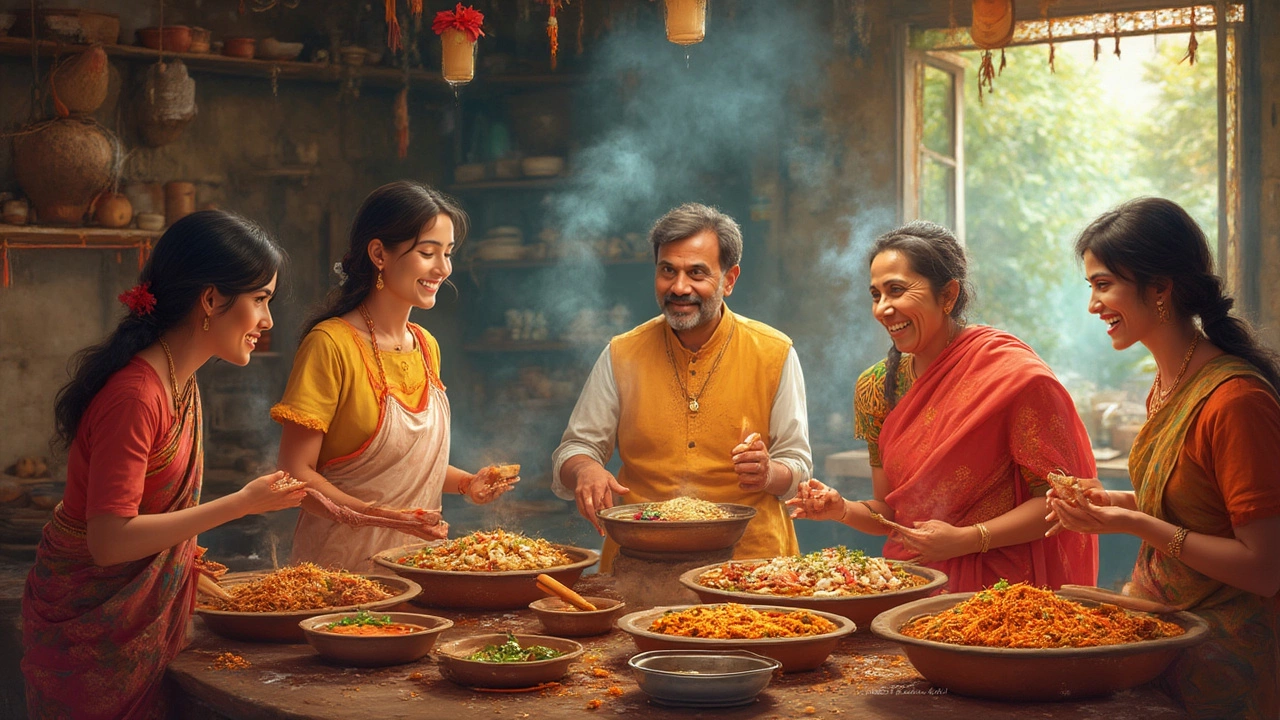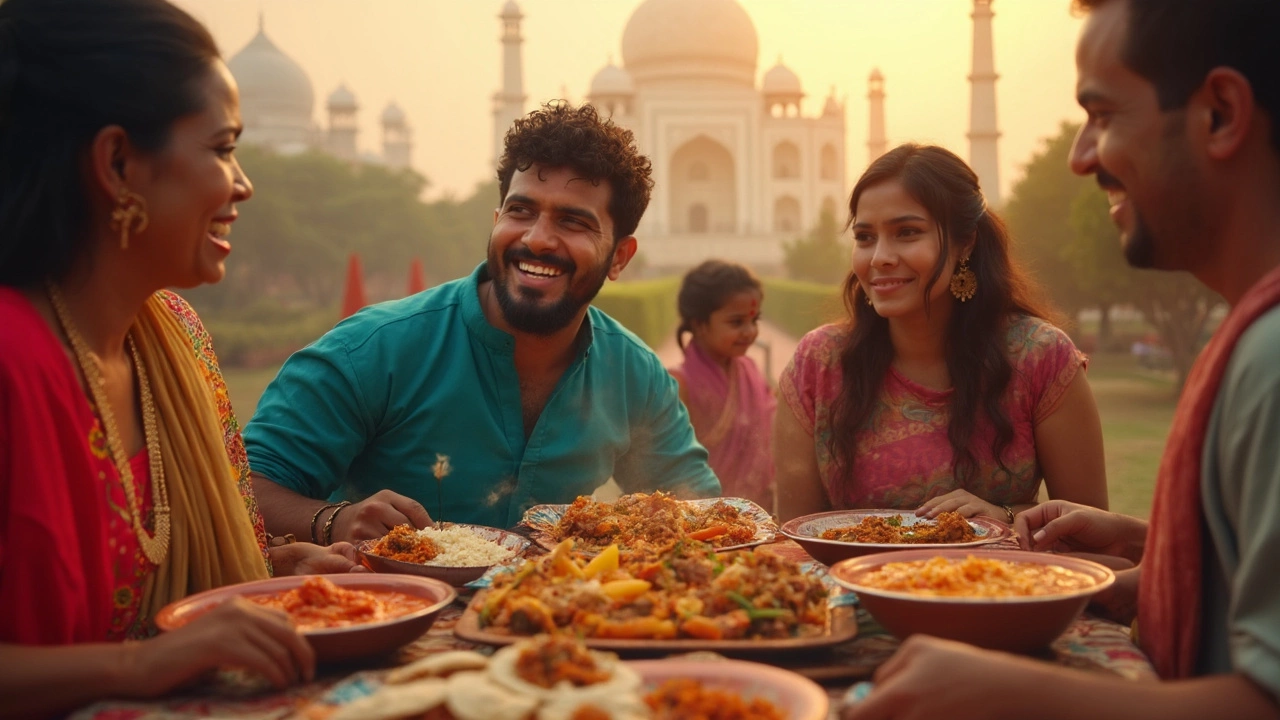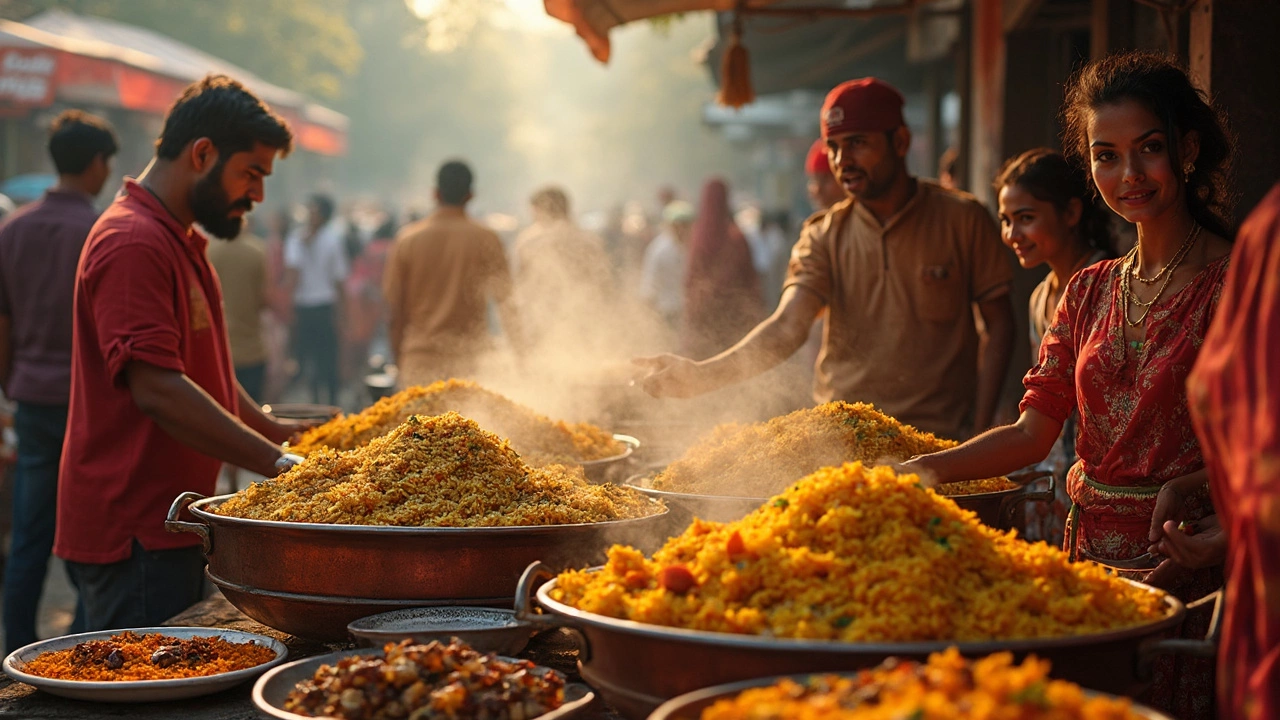
India’s Most Popular Food: Roti (Chapati) Explained
Discover why roti (chapati) is the most eaten Indian food, its nutrition, how to make it, regional variations, and tips for perfect flatbreads.

What is Indian Food? Exploring Flavors, History, & Dishes
Discover what makes Indian food unique—its flavors, rich history, regional dishes, cooking secrets, and why it's loved worldwide. A handy guide for curious foodies.

India’s Worldwide Fame: Culture, Food, Tourism & More
Uncover what makes India stand out globally, from iconic food and spices to diverse traditions and breathtaking travel spots. Fascinating facts inside.

Most Loved Indian Food: What Makes Biryani King?
Everyone debates which Indian food tops the charts, but one dish consistently draws crowds: biryani. This article digs into why biryani stands out in a country packed with incredible dishes. Expect insider facts, mouthwatering tips, and a look at how this layered rice dish became the people's favorite. You'll get a real sense of its magic across India's cities and homes. Get ready to crave a plate by the time you're through.

Discover Why Brinjal Reigns as India's Vegetable Queen
In Indian cuisine, especially in the vibrant state of Gujarat, brinjal is often hailed as the queen of vegetables. This article delves into the historical and cultural significance of brinjal in Indian and Gujarati kitchens. From delicious bharta to the unique baingan bhaji, discover why this versatile vegetable holds a special place. Plus, gain insights into choosing the perfect brinjal and storage tips to keep it fresh.